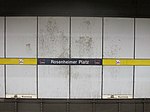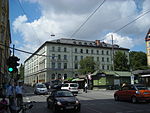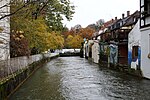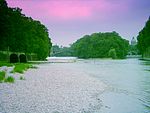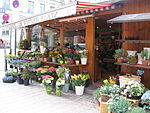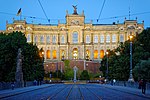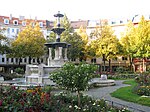Gasteig
Bavaria building and structure stubsCommons link is defined as the pagenameCulture in MunichMusic venues in GermanyTourist attractions in Munich

Gasteig is a cultural center in Munich, opened in 1985, which hosts the Munich Philharmonic Orchestra. The Richard Strauss Conservatory, the Volkshochschule, and the municipal library are all located in the Gasteig. Most of the events of the Filmfest München, and many of the events of the Munich Biennale take place here. The Gasteig is planned to be restored until 2027. A provisional house for many of its functions is Gasteig HP8.
Excerpt from the Wikipedia article Gasteig (License: CC BY-SA 3.0, Authors, Images).Gasteig
Rosenheimer Straße, Munich Haidhausen - Süd (Au-Haidhausen)
Geographical coordinates (GPS) Address External links Nearby Places Show on map
Geographical coordinates (GPS)
| Latitude | Longitude |
|---|---|
| N 48.131388888889 ° | E 11.591388888889 ° |
Address
Kulturzentrum am Gasteig
Rosenheimer Straße 5
81667 Munich, Haidhausen - Süd (Au-Haidhausen)
Bavaria, Germany
Open on Google Maps


